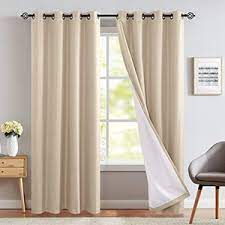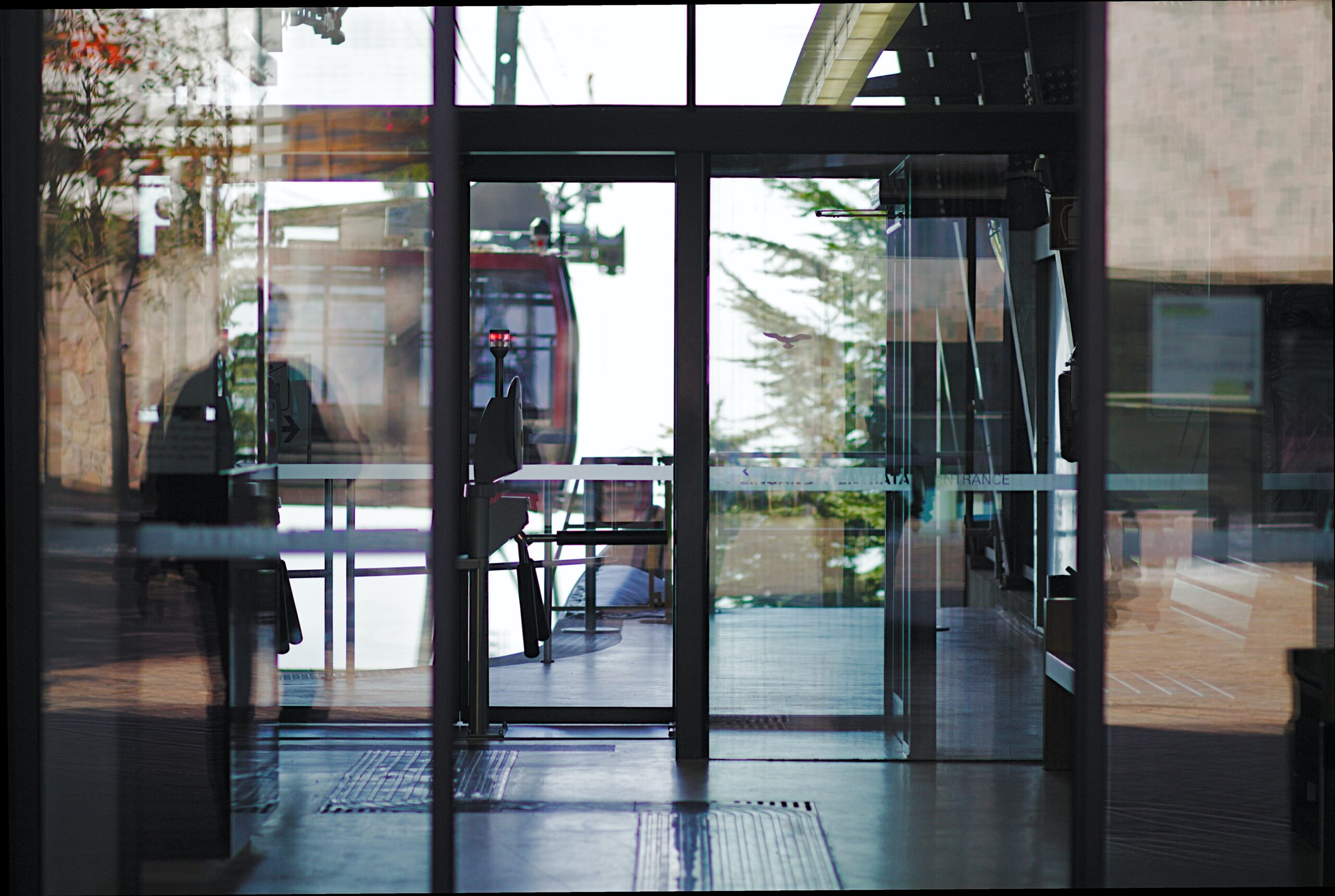A door prop is a simple device that can make a big difference in improving access and convenience in various settings. It is designed to hold doors open, allowing easy passage for people and objects, and can be used in a wide range of settings, including homes, offices, schools, and hospitals. In this article, we will explore the benefits of door props and how they can improve accessibility, convenience, and safety.
A door prop can improve accessibility
One of the primary benefits of door props is that they can improve accessibility, particularly for people with mobility issues, such as those using wheelchairs, walkers, or crutches. They can make it easier for these individuals to enter and exit rooms or buildings, without having to navigate heavy or awkward doors. They can also help prevent injuries by reducing the risk of doors slamming shut on individuals who may have difficulty moving quickly. Door props can also be particularly helpful in settings where frequent access is needed, such as hospitals, schools, or commercial buildings. By holding doors open, they can facilitate movement between rooms or areas, reducing the need for individuals to repeatedly open and close doors.
Convenience
Another significant benefit of a door prop is convenience. They can save time and effort by eliminating the need to hold doors open with your hands or prop them open with other objects. This can be particularly helpful when carrying heavy or bulky items, such as boxes, equipment, or furniture. It can also be useful in situations where hands-free access is needed, such as when entering or exiting a building while carrying bags or luggage. By eliminating the need to use your hands to open or hold doors, they can provide a more seamless and convenient experience.
A door prop can provide safety
In addition to improving accessibility and convenience, door props can also enhance safety in various settings. By holding doors open, they can reduce the risk of accidents, such as doors slamming shut on fingers, feet, or other body parts. They can also be useful in emergency situations, such as fires or other disasters, by allowing easy access to exits and facilitating rapid evacuation. In these situations, every second counts, and door props can help speed up the evacuation process and minimize the risk of injury or loss of life. They are also good for home decor in many ways.
Types of Door Props
There are various types of door props available on the market, each designed to suit different needs and preferences. Some of the most common types of door props include:
Wedge door stops:
These are small, wedge-shaped devices that are placed under the door to hold it open. They are simple and inexpensive and can be used in a wide range of settings.
Magnetic door holders:
These devices use magnets to hold doors open, and can be mounted on the floor, wall, or door itself. They are particularly useful in situations where doors need to be held open for extended periods, as they can provide a strong and durable hold.
Kick down door holders:
These are devices that are mounted on the bottom of doors and are activated by kicking them down with your foot. They can be useful in situations where hands-free access is needed and can be particularly helpful for individuals with mobility issues.
Spring door stops:
These are devices that are mounted on the baseboard or wall and use a spring-loaded mechanism to hold doors open. They are particularly useful in situations where the door needs to be held open at a specific angle, such as in a doorway or hallway.
How to choose the right door prop?
When choosing a door prop, it’s important to consider the specific needs of your setting and the individuals who will be using the device. Factors to consider may include the size and weight of the doors, the frequency of use, the level
When choosing a door prop, it’s important to consider the specific needs of your setting and the individuals who will be using the device. Here are some factors to consider:
- The type of door you have will determine the type of door prop that will work best. For example, a magnetic door holder may not be suitable for a door made of aluminum or other non-magnetic materials.
- If the door will be held open for extended periods, a more durable door prop, such as a magnetic or spring door stop, may be necessary.
- Consider the ease of use for individuals who will be using the door prop. For example, a kick-down door holder may not be suitable for individuals with limited mobility or strength.
- They can range in price from a few dollars to hundreds of dollars, depending on the type and features. Consider your budget when selecting a door prop.
- Ensure that the piece you select is safe and does not pose a hazard to individuals using the door. For example, a door prop that is too high or too low may cause individuals to trip or stumble.
Conclusion
A door prop is a simple yet effective device that can improve accessibility, convenience, and safety in various settings. By holding doors open, they can make it easier for individuals with mobility issues to move between rooms, save time and effort when carrying heavy or bulky items, and reduce the risk of accidents or injuries. When selecting one, consider the specific needs of your setting and individuals who will be using the device, and choose a device that is safe, easy to use, and fits your budget.














